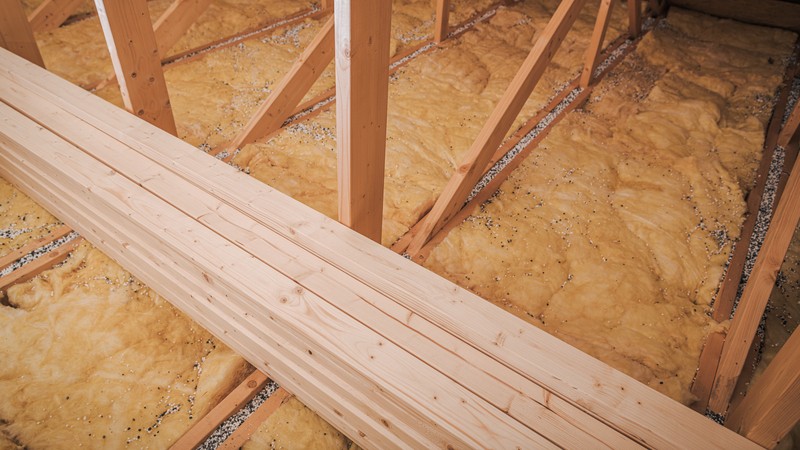What depth should my loft insulation be?
The recommended depth for loft insulation depends on your location, climate, and the type of insulation material you're using. In the United Kingdom, for example, the recommended depth for loft insulation is often specified in terms of the thickness of mineral wool insulation.
The last update in January 2022, the recommended depth for loft insulation in the UK is often around 270mm (approximately 10.6 inches). This depth provides a good balance between thermal performance and cost-effectiveness. However, it's essential to check the specific recommendations provided by your local building codes, energy efficiency programs, or relevant authorities, as these guidelines can vary.
Here are some general considerations:
- Type of Insulation Material: Different insulation materials have different thermal properties. For example, mineral wool, fibreglass, and cellulose insulation all have varying levels of thermal resistance. Ensure that the chosen material and depth meet the recommended standards for your region.
- Climate: The climate in your area plays a significant role in determining the appropriate insulation depth. Colder temperatures may require thicker insulation to achieve optimal energy efficiency.
- Energy Efficiency Programs: Some regions have energy efficiency programs or government initiatives that provide guidelines on the recommended insulation depth. Check with local authorities or relevant agencies for specific recommendations in your area.
- Professional Assessment: If unsure about the appropriate depth for your loft insulation, consider consulting with a professional insulation installer or energy auditor. They can assess your specific circumstances and provide personalised recommendations.
- Existing Insulation: If you already have some insulation in your loft, it's essential to consider whether you are "topping up" existing insulation or replacing it entirely. In some cases, removing or supplementing existing insulation may be necessary to achieve the desired depth.
- DIY or Professional Installation: If you install insulation yourself, follow the manufacturer's guidelines and any local recommendations. If you hire a professional installer, they should be familiar with local building codes and guidelines.
Remember that loft insulation aims to create an effective thermal barrier that prevents heat loss in the winter and heat gain in the summer. Adequate insulation can significantly improve energy efficiency, reduce heating and cooling costs, and enhance overall comfort in your home. Always refer to local regulations and guidelines for the most accurate and up-to-date information specific to your location.
By accepting you will be accessing a service provided by a third-party external to https://countrywidecoatings.co.uk/


